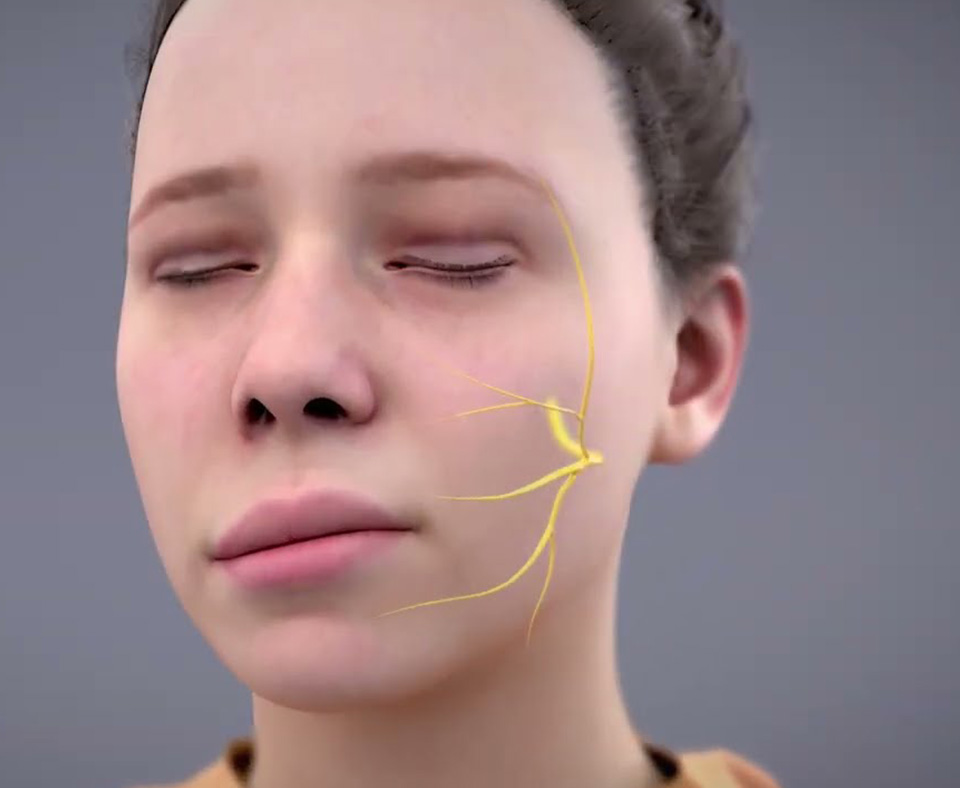

Bell's palsy is a condition that affects the facial nerve, causing temporary weakness or paralysis of the muscles on one side of the face. The exact cause of Bell's palsy is not known, but it is believed to be related to inflammation or damage to the facial nerve.
Plastic surgery can play an important role in the treatment of Bell's palsy by helping patients manage the cosmetic effects of the condition. When the facial muscles are paralyzed or weakened, the face may appear droopy or asymmetrical, which can cause emotional distress and social isolation.
One of the most common treatments for the cosmetic effects of Bell's palsy is facial reanimation surgery, which involves using muscle or nerve transfers to restore movement to the affected side of the face. During this procedure, a muscle from another part of the body or a nerve from the healthy side of the face is used to reanimate the paralyzed muscles.
Other treatments that may be used in conjunction with facial reanimation surgery include physical therapy, botox injections, and cosmetic procedures such as dermal fillers or facelifts. These treatments can help improve the overall appearance of the face and minimize the visible effects of Bell's palsy.
It is important to note that while plastic surgery can help improve the cosmetic effects of Bell's palsy, it is not a cure for the underlying condition. In most cases, Bell's palsy resolves on its own within a few months, but in some cases, symptoms may persist or recur. Treatment for Bell's palsy is typically focused on managing symptoms and promoting healing.


